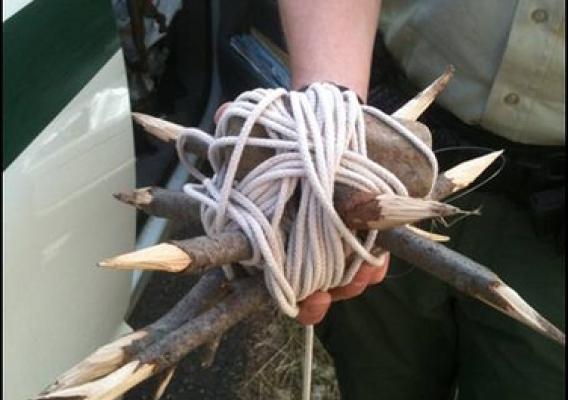More than 800 students, teachers, elected officials and community leaders were present at the new Dillon Middle School dedication on Thursday morning, September 6th. Several years ago, a letter was written to Congress pleading for help to replace the 100 year old dilapidated school by then-eight grader, Ty’Sheoma Bethea.
Doug McKalip, Senior Policy Advisor for Rural Affairs with the White House Domestic Policy Council stated, “I think Ms. Bethea's letter shows that an individual can have an impact, that the Obama Administration is listening, that we monitor closely the items that folks send by letter, email, and telephone. And that there often is action from the input.”
“This state of the art school is dedicated to the academic advancement of our children. I am pleased that the promise to the children of Dillon County has been kept,” said Vernita Dore, USDA Rural Development state director. Ms. Dore was instrumental in helping to fund construction of Dillon County Middle School, which replaces the old and dilapidated JV Martin Junior High, which was mentioned in President Obama’s first State of the Union address.









